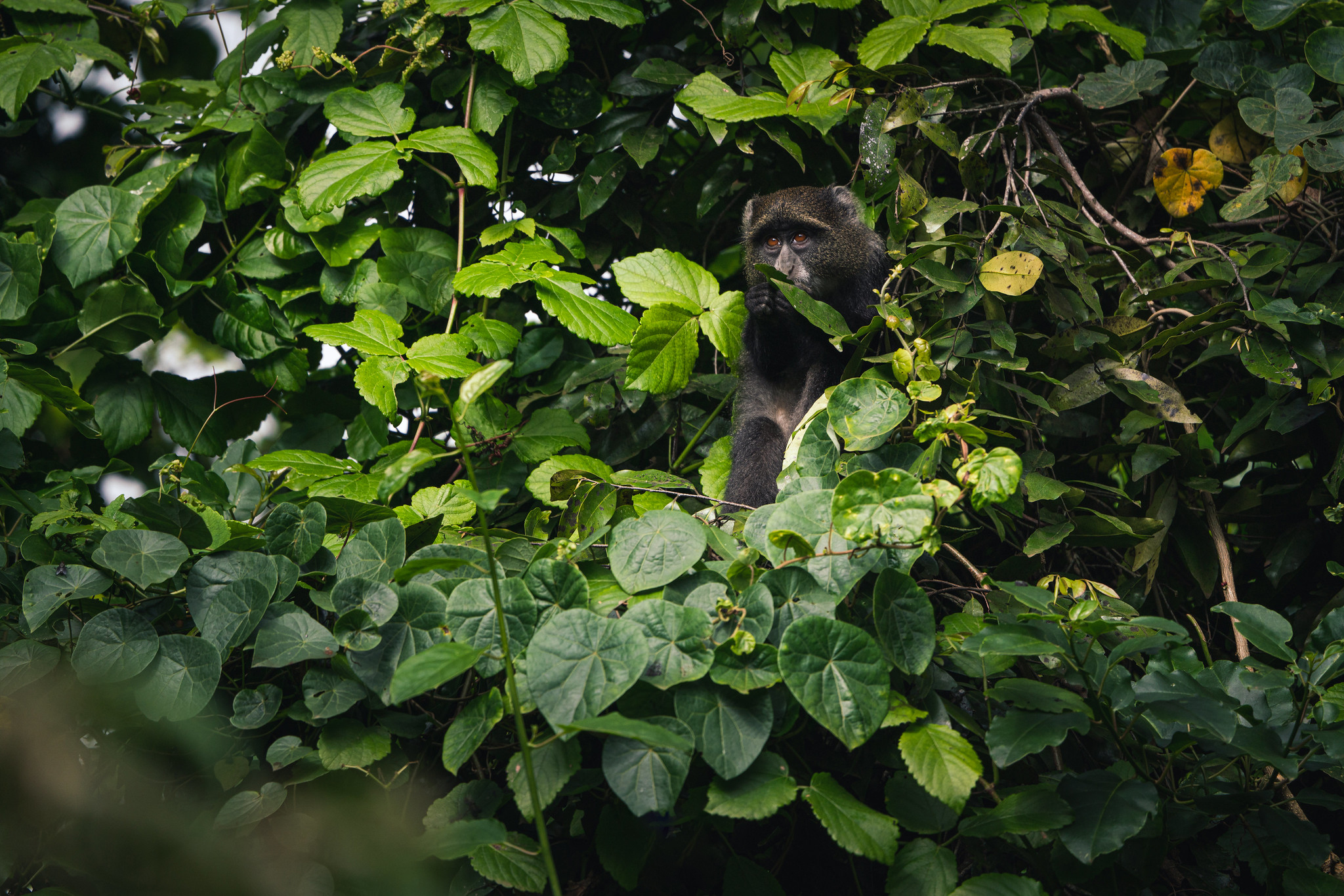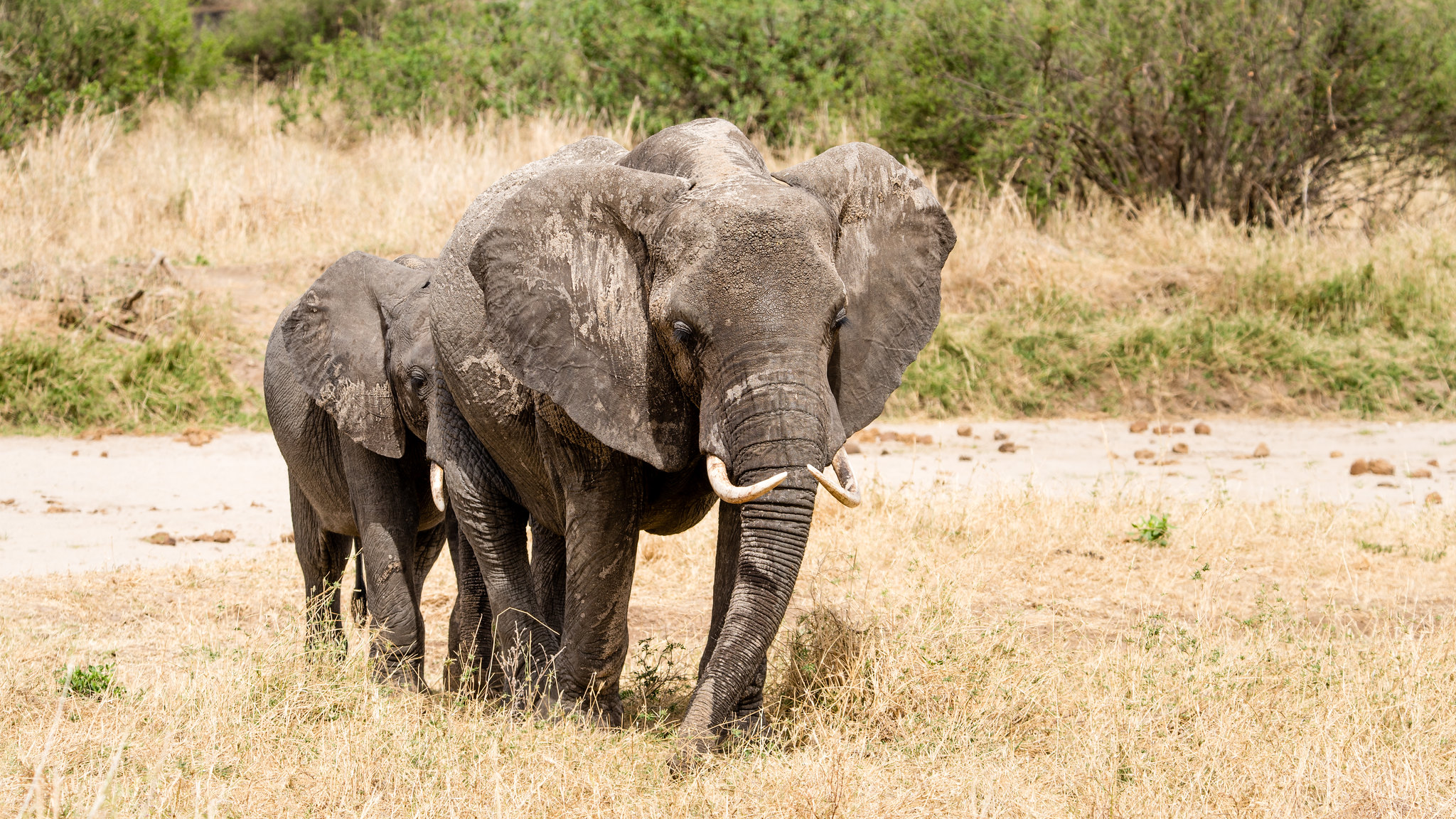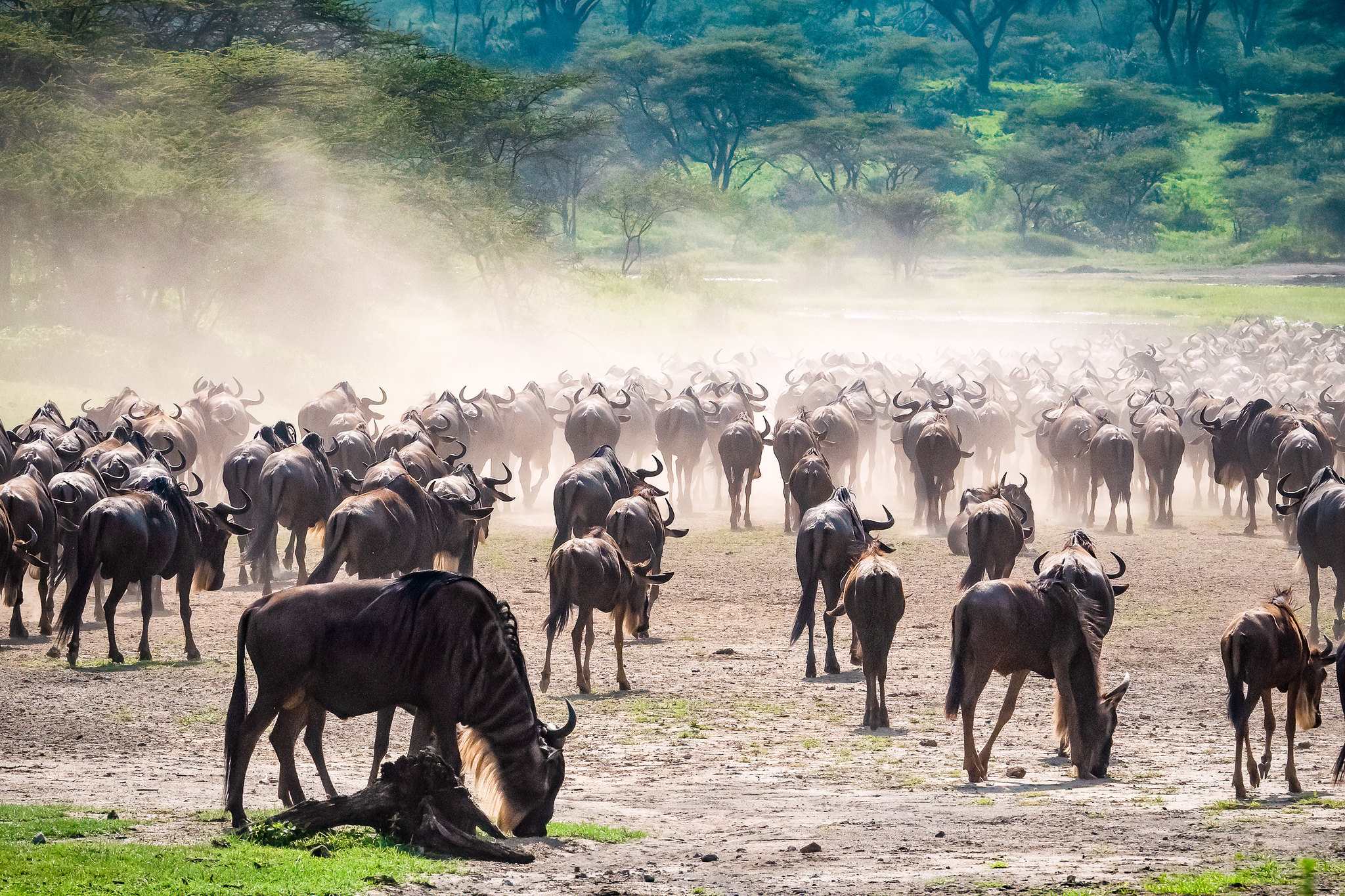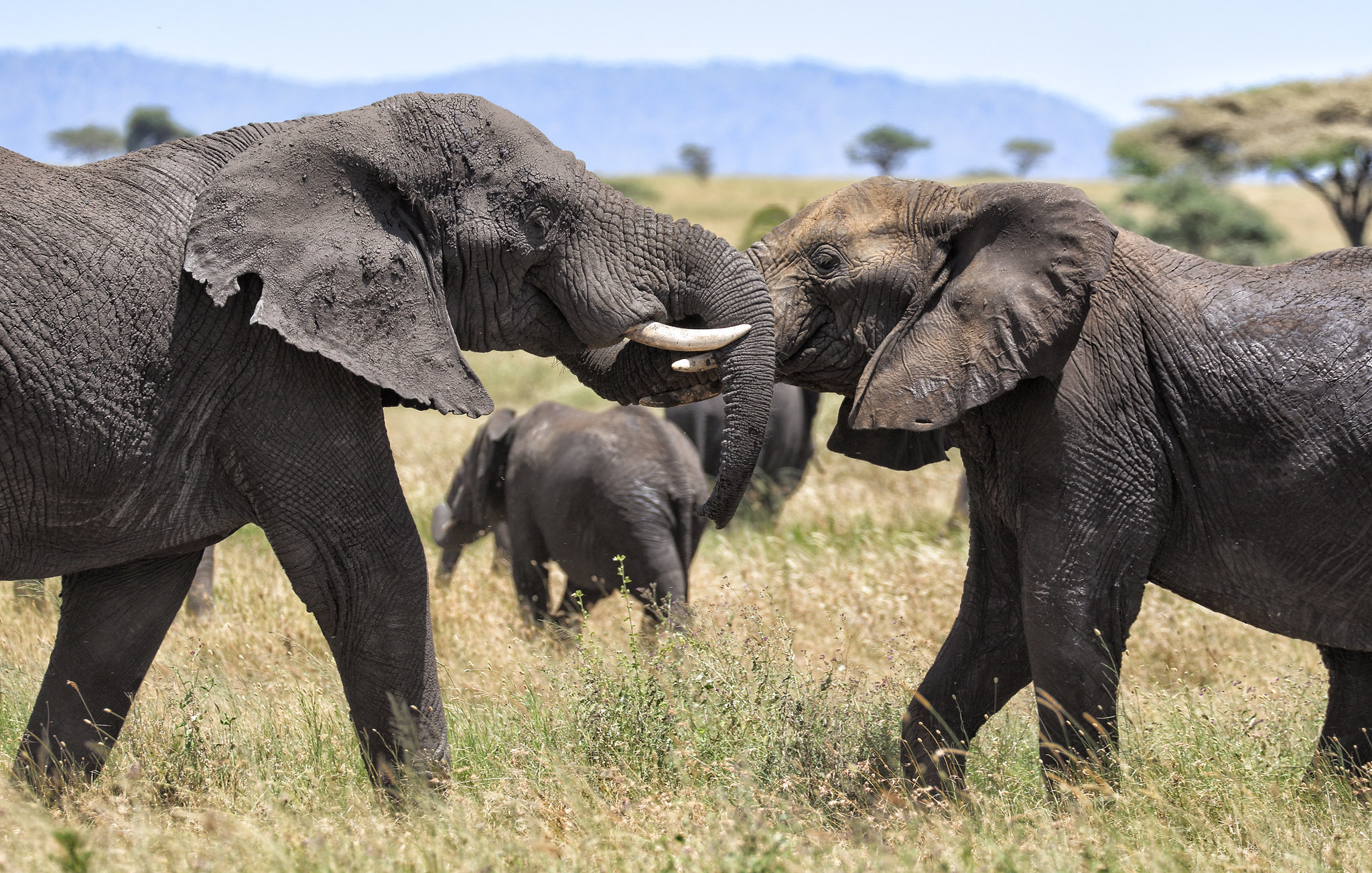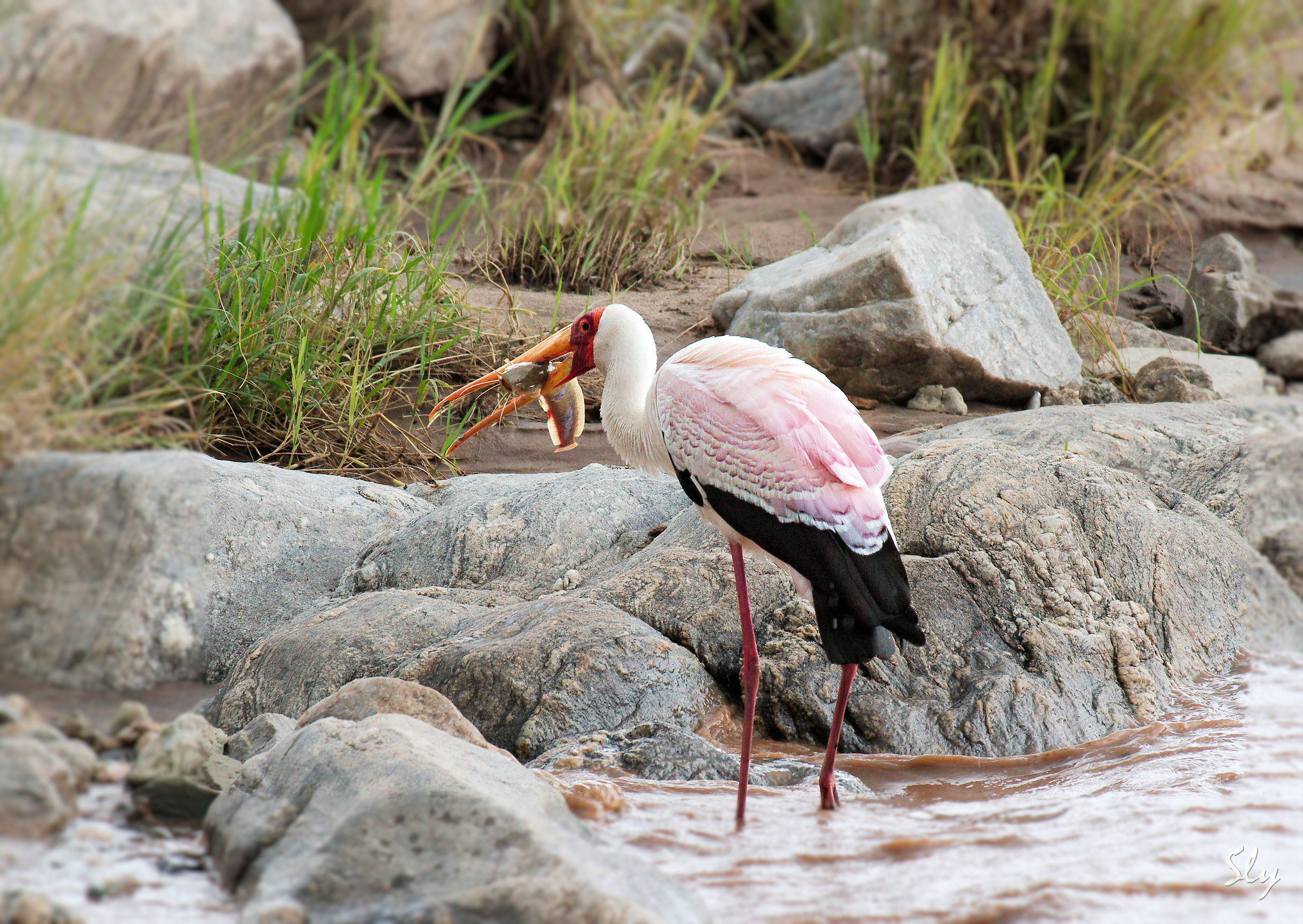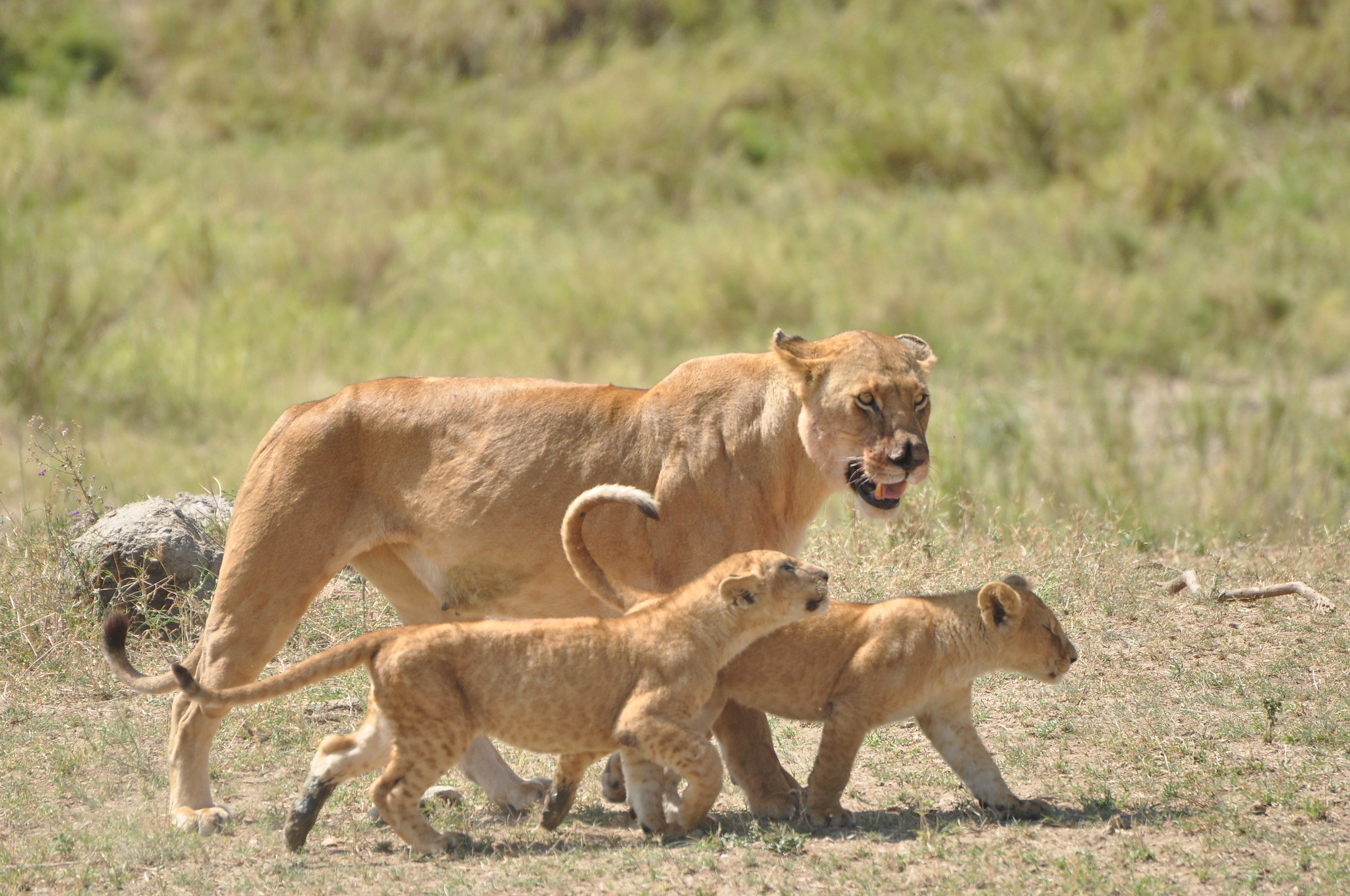LAKE MANYARA NATIONAL PARK
Discovering Wildlife Diversity in Lake Manyara
- 24/7 Support
- Safari Adventure
- Lake Manyara
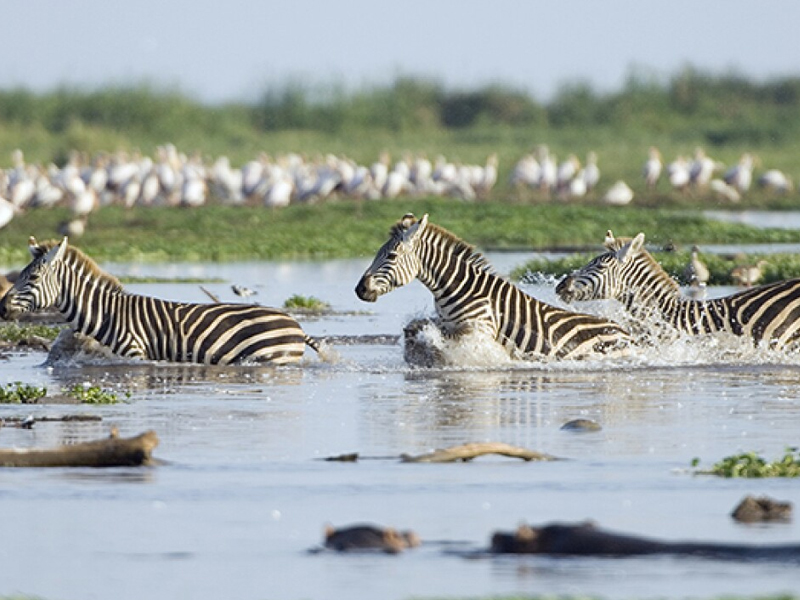
VISIT LAKE MANYARA
OVERVIEW
Embark on an enchanting journey to Lake Manyara National Park, a hidden gem nestled at the base of the Great Rift Valley in Tanzania. This picturesque park is celebrated for its remarkable wildlife diversity, captivating landscapes, and serene ambiance. Explore the lush groundwater forests, open savannahs, and the sparkling shores of Lake Manyara, which teem with birdlife including flamingos, pelicans, and storks.
Encounter a wide array of wildlife, from elephants and giraffes to hippos and elusive tree-climbing lions. Lake Manyara is also known for its abundant baboons and monkeys, adding to the park’s charm and allure. Join us in experiencing the tranquility and natural beauty of Lake Manyara National Park, where every turn reveals a new wildlife spectacle against the backdrop of stunning vistas and vibrant ecosystems.
RELATED IMAGES
Explore captivating images related to our adventures and destinations, offering a visual glimpse into the breathtaking experiences that await.
LAKE MANYARA NATONAL PARK
Tanzania’s Lake Manyara National Park is only 70 miles (43 km) northwest of Tarangire National Park. The national park covers an area of 125 kilometers (325 sq km). Around Lake Manyara, the national park extends approximately 89 square miles (230 square kilometers). Its designation as a Biosphere Reserve protects it from development. Lake Manyara is a small alkaline lake in the Great Rift Valley. The lake is located at an altitude of roughly 3,150 feet (960 m).
The lake is so shallow that animals can readily navigate it. During the rainy season, the deepest point is only 12 feet (3.7 m). During the rainy season, it is 9.3 miles (14 kilometers) long and 25 miles (40 kilometers) wide (15 km). The deepest point often measures around 10 feet deep (3.0 m). Yet, the average depth is only 2.8 feet (0.81 m). Wetlands, salt flats, and grasslands all encircle the lake. Near the park’s entrance, a tiny woodland contains fig and mahogany trees.
The streams that feed the lake are lined with sycamore fig, forest toad-tree, acacia, and the Phoenix palm. The region has a variety of environments, including marshes, swamps, grasslands, and forests. Due to the plentiful water, the area is home to big fig and mahogany trees. The Gregory Rift Wall is located to the west, while Lake Manyara is located to the east, making up the park’s land area.
Tanzania’s Lake Manyara National Park is the best place to see flamingos. In the shallow, alkaline waters of the lake, an estimated 1.9 million flamingos eat algae. A total of 2.5 million waterbirds inhabit a variety of environments, contributing to the population. More than 30 different bird species that prey on other bird species can be seen in the park.

